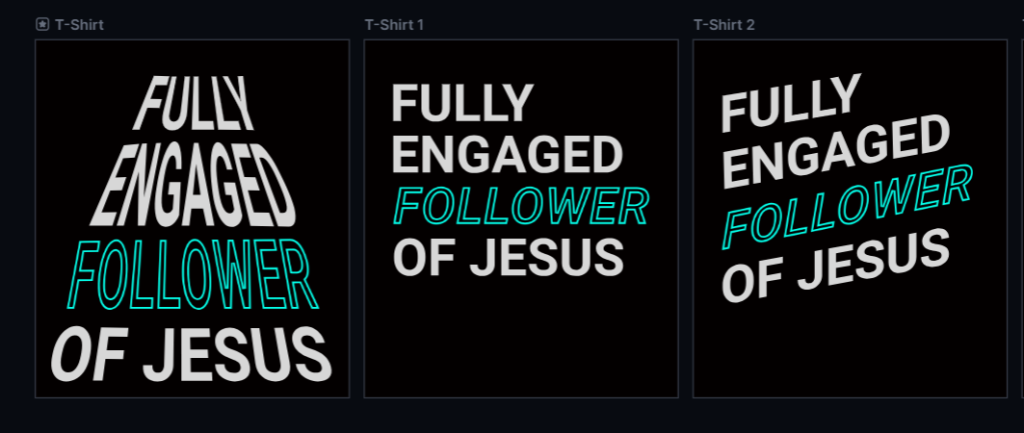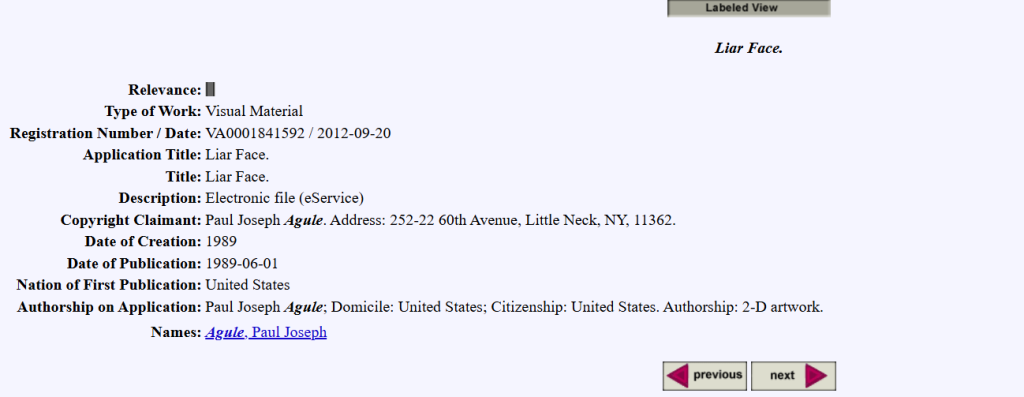
Brother Ray sent me another project — a “LIAR” tee he purchased 30 years ago from a local printer.
As with other designs from Brother Ray, I jumped right in and started recreating versions based on the photo he sent. However, something about this one felt familiar. That’s where the story gets a bit tricky.
At PPT, we’re very careful not to step on any toes when it comes to using other people’s artwork without permission. Here’s what I found about the image in question. Part 2 will cover the alternatives we came up with, but first, we need to clear up the background.
Let me be clear: this post is not meant to suggest there was anything wrong with how Brother Ray’s shirt was made locally back in the day. It’s possible the image was released into the public domain, or, given that this was pre-internet, maybe the printer bought rights to use a stencil or design. Either way, it’s highly likely there’s nothing controversial about the original shirt’s production — 30 years ago or more. Many I’ve spoken with recall seeing this design on t-shirts or in books around the late 80’s and early 90’s.
Still, PPT wants to be extra cautious. So we decided to create a design inspired by the original image, rather than using it outright.
Now, back to the image — part of the “LIAR” tee looked very familiar. In fact, it went viral on TikTok in 2022. That TikTok post (which doesn’t credit the artist, but also didn’t use the exact same image) racked up over 1.5 million views and can be viewed here:
https://nypost.com/web-stories/spot-the-hidden-word-in-this-optical-illusion/
Fortunately, the New York Post’s article about the TikTok trend did credit the original creator:
https://nypost.com/2022/09/20/facial-recognition-spot-the-hidden-word-in-this-optical-illusion/
According to the article:
“Originally created by New York artist Paul Agule in 1987, the image is an ambigram, a type of optical illusion that depicts more than what initially meets the eye.”
We also found the image listed again, titled “Liar Illusion”, with credit to Paul Agule at anopticalillusion.com.
With his name in hand, I did one more search at the U.S. Copyright Office’s online public catalog (which is scheduled to be replaced soon, so this link may not work for long):
https://cocatalog.loc.gov/cgi-bin/Pwebrecon.cgi?v1=2&ti=1,2&Search_Arg=Agule&Search_Code=FT%2A&CNT=25&PID=Q5IW3TNtEFGyQ3Y7LCQzRvYpyGSbO&SEQ=20250531225910&SID=2
Sadly, additional searching revealed that Mr. Agule has passed away. Source:
https://www.hartisland.net/burial_records/paul-agule
I hope this post helps others using the graphic to give proper credit. I found many sites featuring the image without attribution, which feels wrong considering the impact and creativity behind it.
As for using the image today, options seem limited. One possibility would be to try contacting Mr. Agule’s estate to inquire about the rights. But as I mentioned earlier, I don’t know what licensing agreements — if any — were made with printers or publishers 30 years ago.
The better path for us, and the one we’ve chosen, is to create a new design inspired by Mr. Agule’s famous “Liar” face — and to give him the attribution he deserves.

























